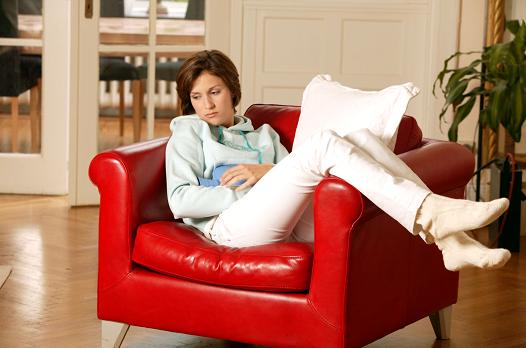Overactive Bladder Symptoms, Causes, Diagnosis and Treatment

What Is An Overactive Bladder?
It is a problem related to the storage function of your bladder. Overactive bladder causes an immediate urge to urinate. Moreover, the urge can be hard to ignore, as it can lead to uncontrolled urine loss.
What Are The Symptoms Of An Overactive Bladder?
A person with an overactive bladder can:
- Awaken three or more times at night for urinating.
- Urinate frequently, often 9 times or more in a day.
- Feel urge incontinence.
- Sudden need to urinate, the urge can feel impossible to control.
- Involuntary urine loss soon after the sudden urge to urinate.
What Causes An Overactive Bladder?
Kidneys and bladder are the organs of our urinary tract that are responsible for storing, producing and passing the urine. Our kidneys produce urine which is stored in our bladder. Muscles in our abdomen’s lower part hold the bladder in its position. Bladder relaxes when it is empty, however when it gets full, nerve indicates the brain, in turn; we feel the urge to urinate.
Furthermore, overactive bladder occurs when the nerves indicate your brain that the bladder is full, when it is not. Too active muscles of the bladder can also lead an overactive bladder.
What Are The Risk Factors Of Overactive Bladder?
Both males and females can experience an overactive bladder, as they grow older. However men with prostate problems and females who have reached menopause are an increased risk for overactive bladder.
Furthermore, certain neurological diseases for example multiple sclerosis and stroke are somehow linked in the contribution of overactive bladder. In addition to this, consuming a diet enriched with ‘bladder irritating’ drinks and food for example alcohol, caffeine and spicy foods may root the symptoms of overactive bladder in few individuals.
How Is Overactive Bladder Diagnosed?
The doctor will need complete information about the patient’s:
- Medical history.
- Symptoms.
- Diet.
- Amount of liquid he or she drinks a day.
- What medicines he or she has been taking.
Moreover, the doctor will also carry out a thorough physical examination in order to notice any unusual thing that may be sourcing the symptoms, such as examining the abdomen and organs in the pelvis. In females, the doctor will examine the rectum, whereas rectum and prostate in males.
In addition to this, the doctor will take a urine sample to look for blood or any possible infection. Rarely, doctors suggest other tests for example ultrasound or urine culture.
How Is Overactive Bladder Treated?
There are a number of treatment options that have proved to be effective in managing overactive bladder, such as:
- Behavioral therapy: behavioral therapy or behavioral techniques revolve around lifestyle changes which is the initial step your doctor will take to manage overactive bladder. The doctor will ask to do ‘amendments’ in your prevailing lifestyle. This includes changes in your diet, going to the toilet at planned times throughout the day and performing exercises such as ‘quick flick’ Kegel in order to relax the muscle of bladder.
- Botox injections.
- Medications.
- Neuromodulation therapy.
By : Natural Health News




